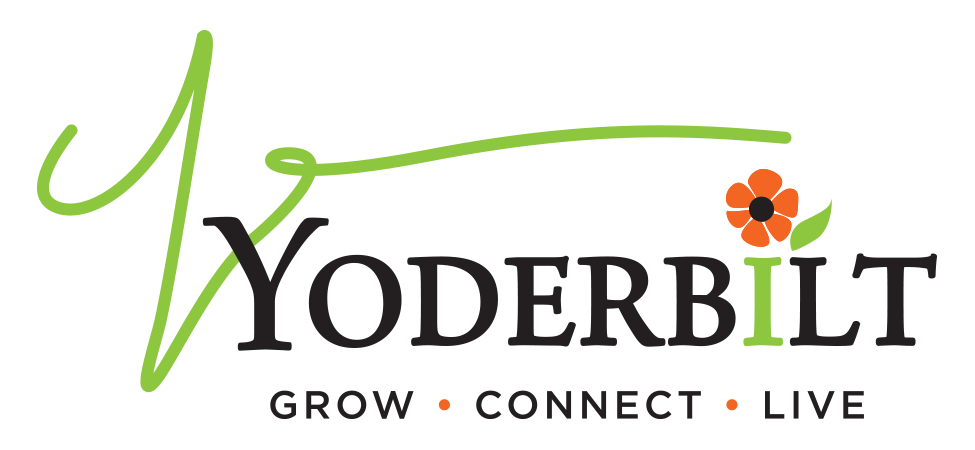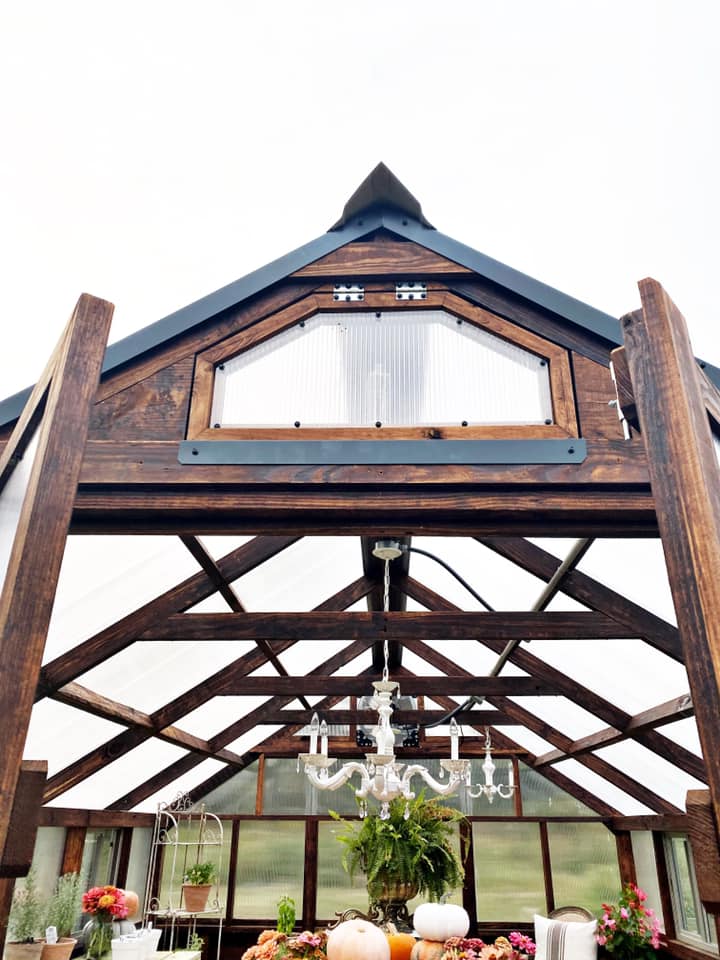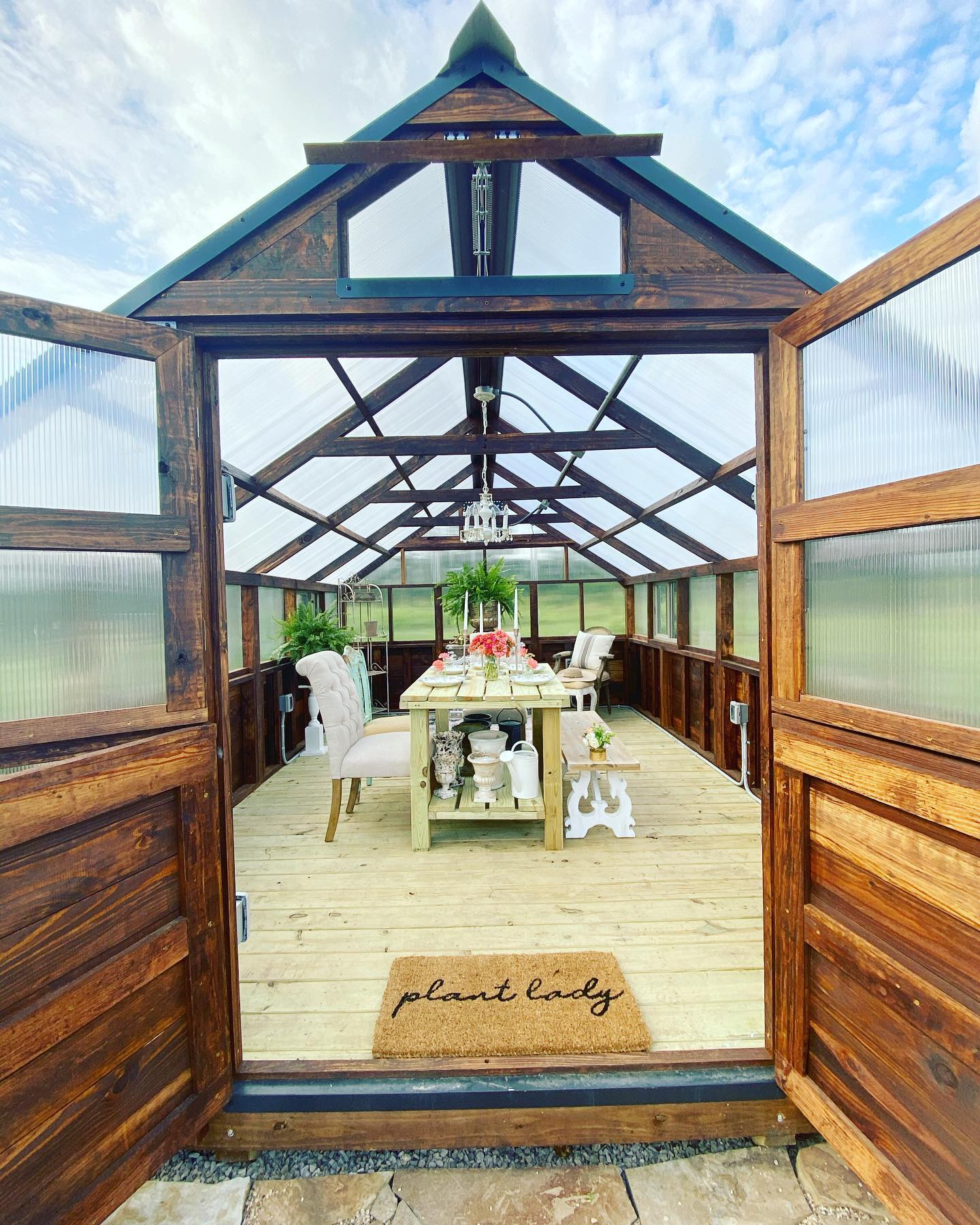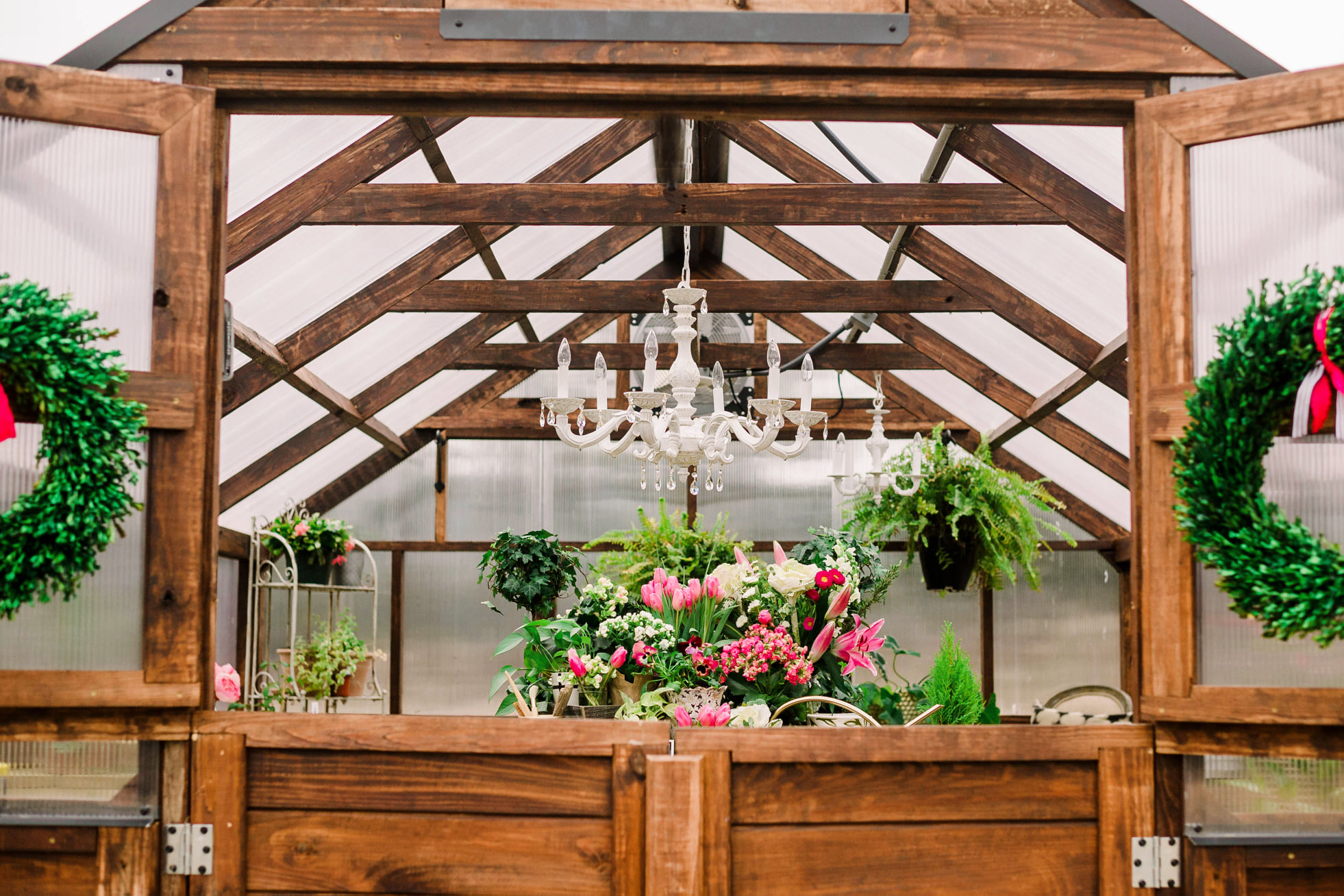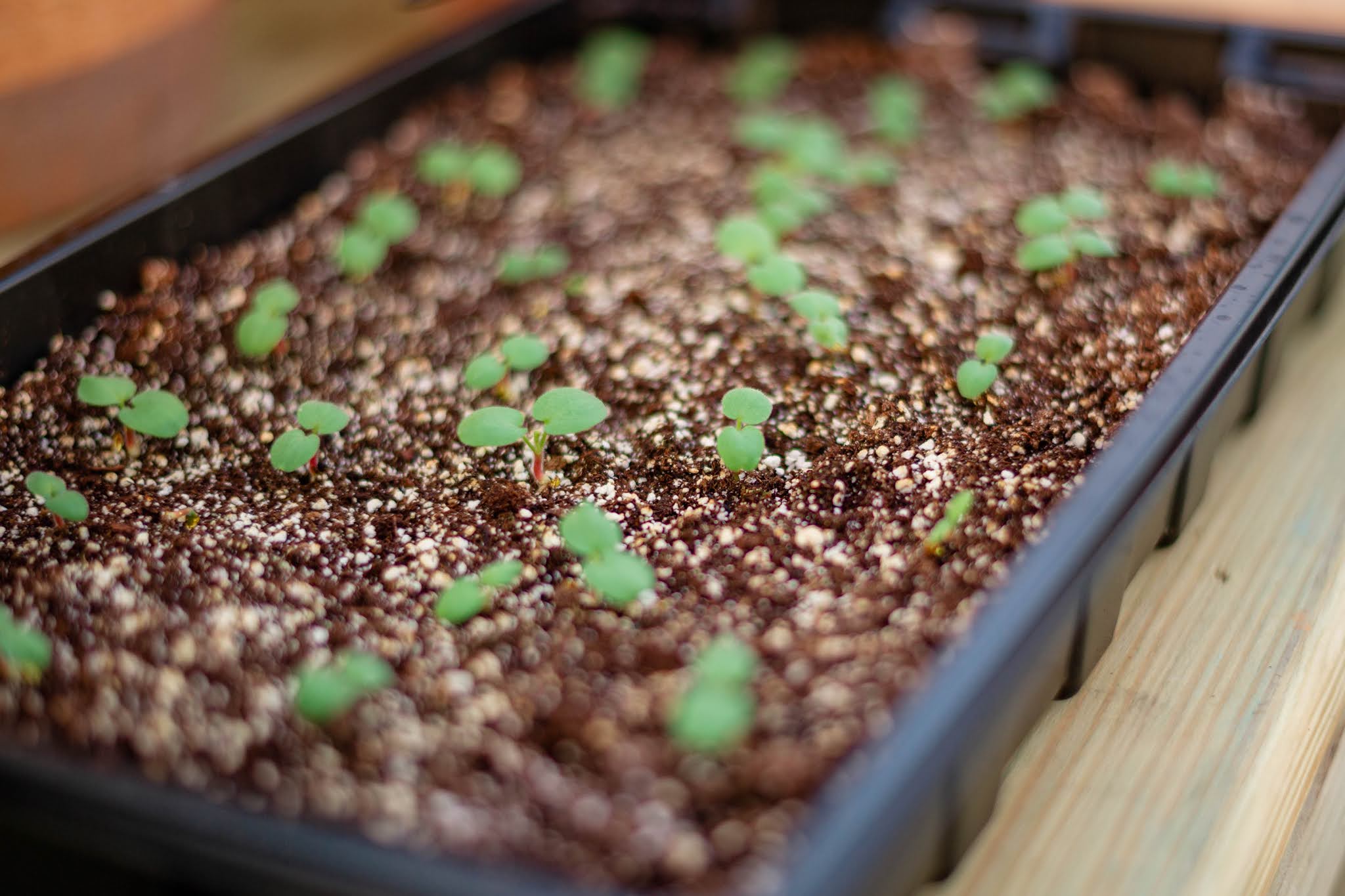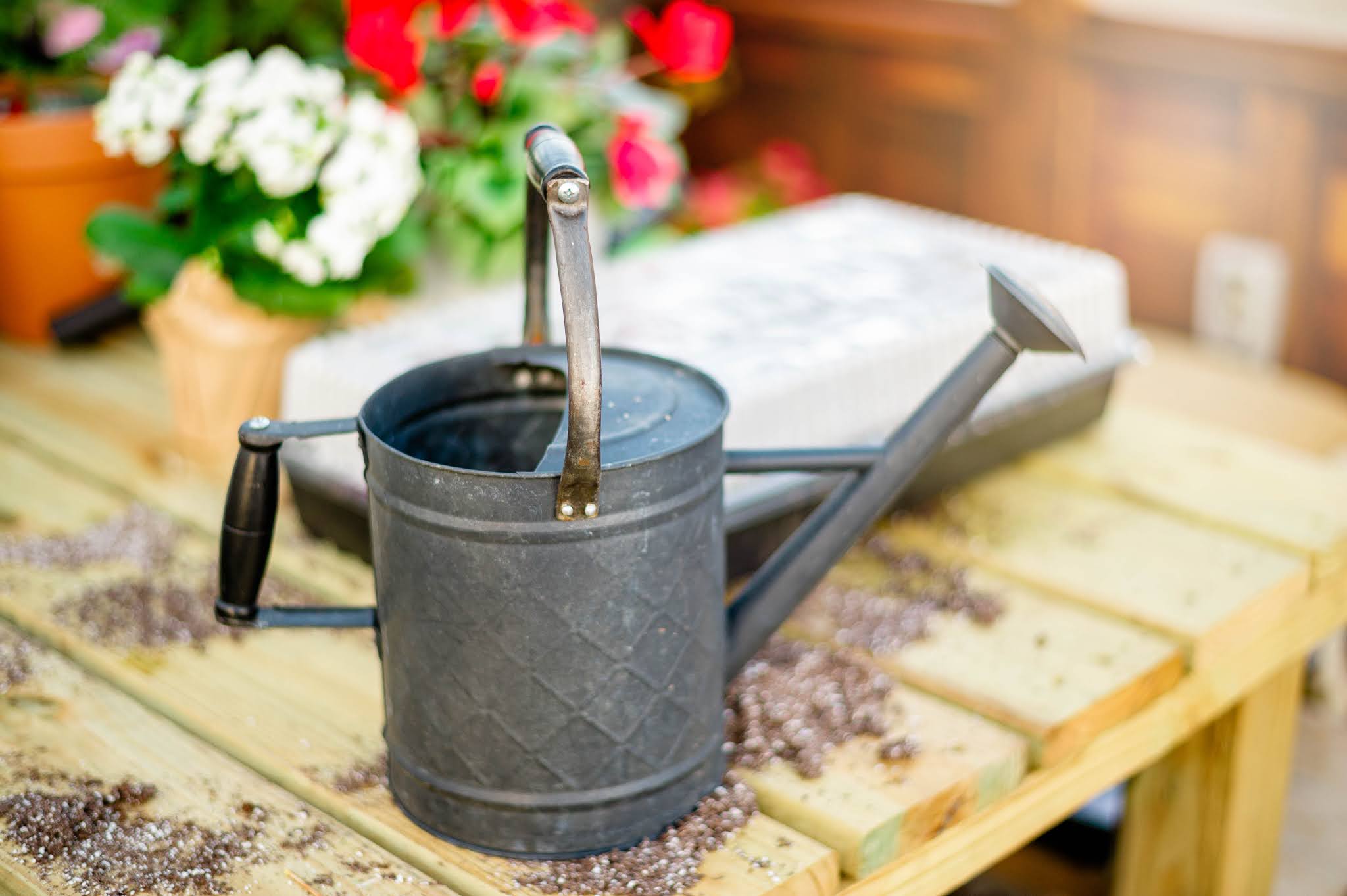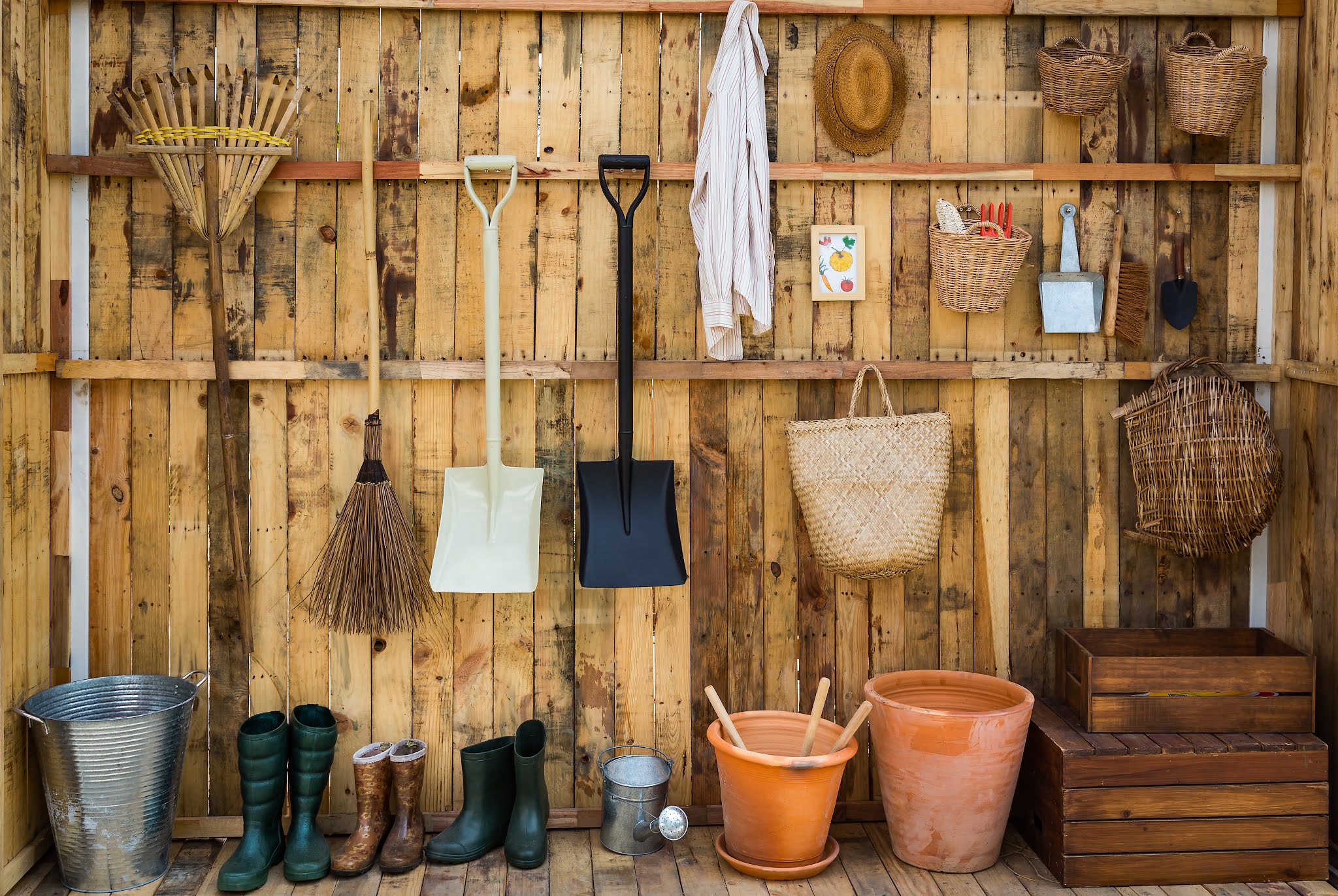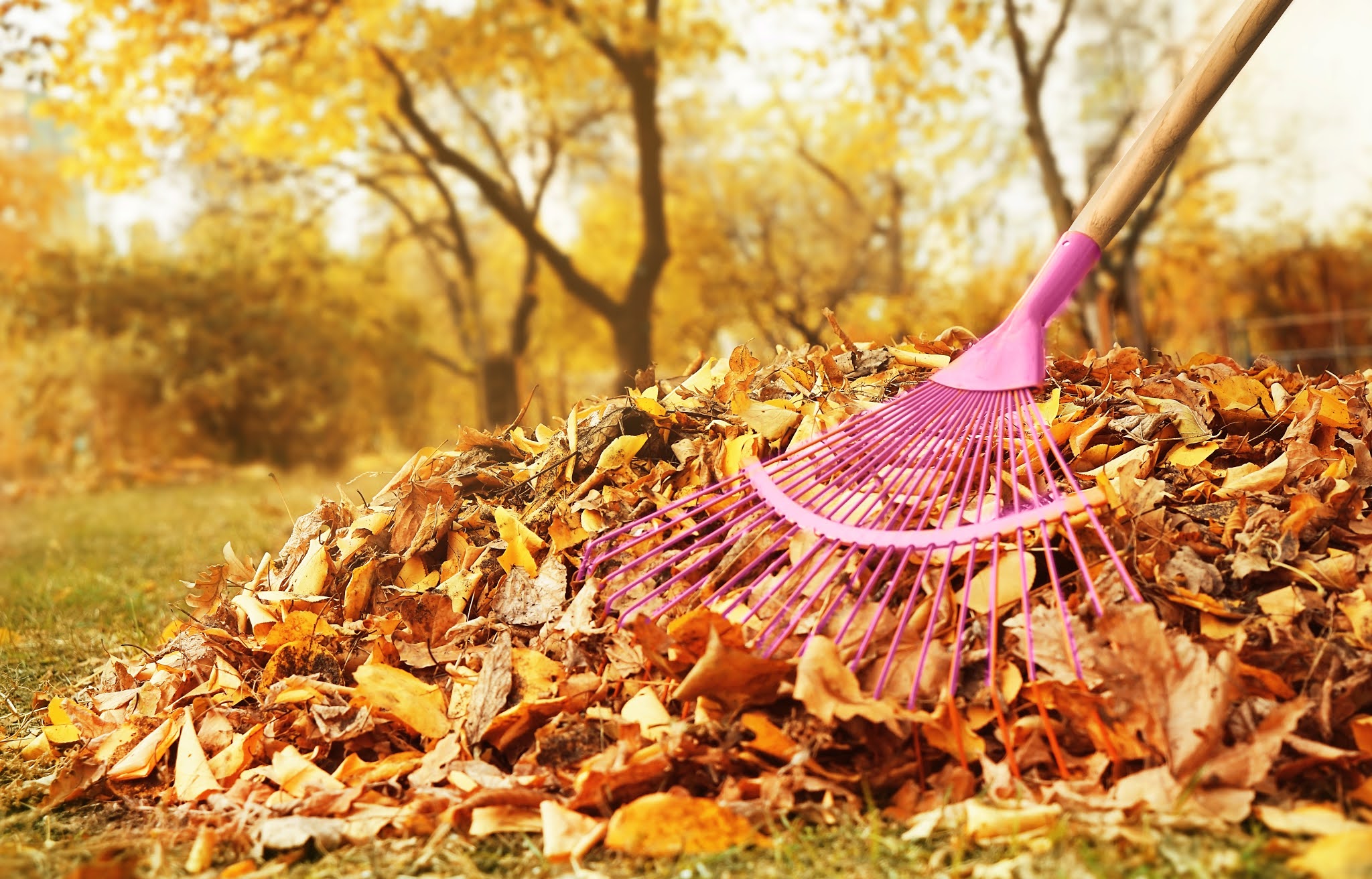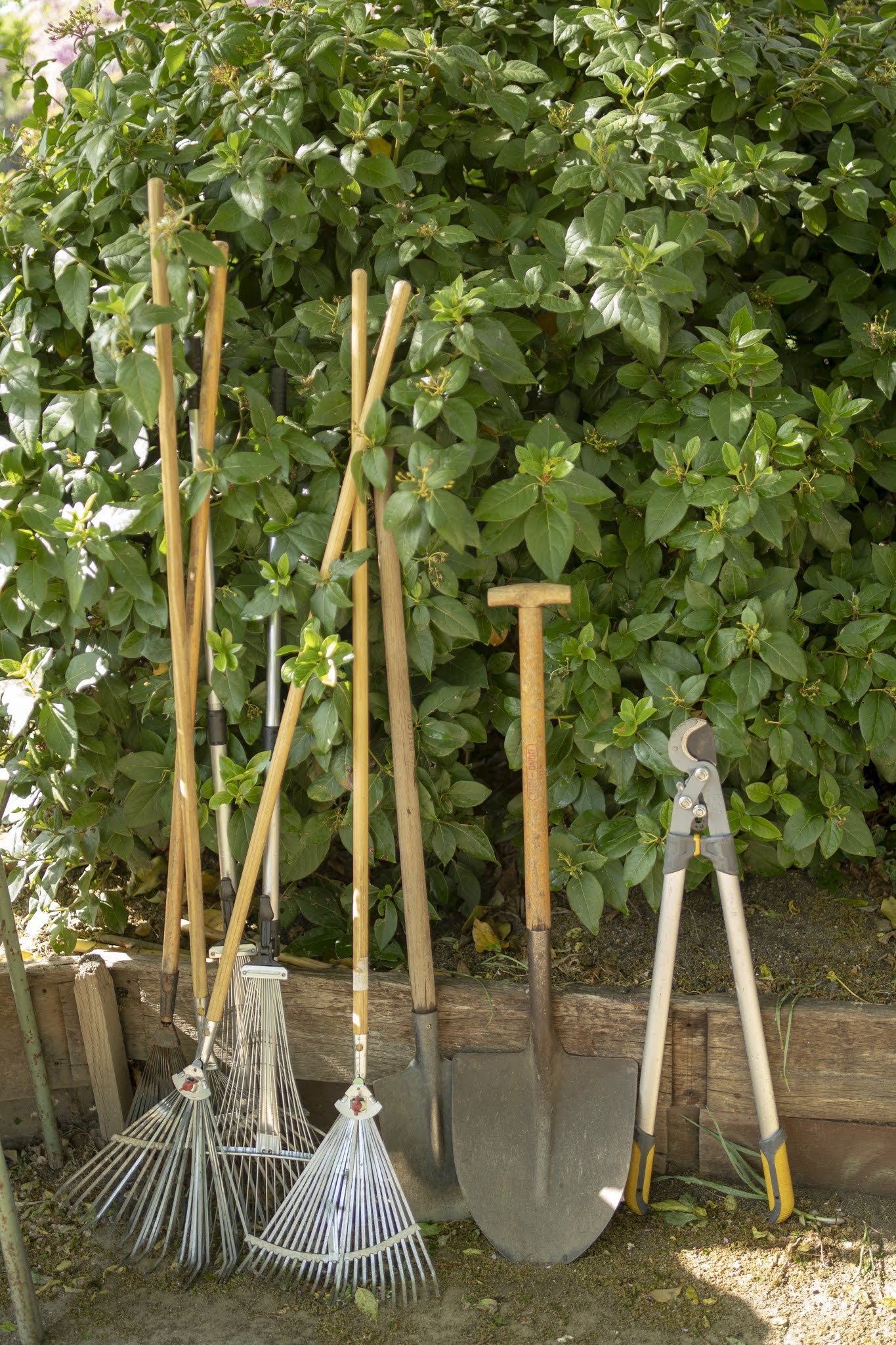Hi, this is Shannon - many of you will recognize my name, and many will not. I have been planning on documenting my first year in my new Yoderbilt greenhouse with all of you. Everything I did to plan, get the site ready, the ups and the (few) downs of winter, my spring plethora of plants grown from seed, having fresh fruit and vegetables in December, the BIG freeze that hit the south, etc. However, for the sake of full disclosure, I do work for Yoderbilt, LLC. Angela (Yoder) and I have been best friends since junior high and started in the same kindergarten class a LONG, LONG time ago, ha! I'm a professional photographer and, in the summer of 2019, did a styled shoot for their marketing department. In 2020, I joined the team. But, everything I write in this blog series will truly be coming from the perspective of a new Yoderbilt greenhouse owner.
Like so many of you, I have a new greenhouse! And, along with that greenhouse, very little greenhouse gardening knowledge. I had dreamed of owning a greenhouse since the age of 12, to be exact. I have always had a big love of gardening from an early age. This was cultivated (pun intended) from a combination of spending my earliest years in my beloved grandfather's garden on our family homestead to a sweet elderly couple that lived on a gorgeous farm up the road from me. during my childhood days. I would spend many summer hours with them tending to their multiple gardens and seeing the fruits of their labors blossom before my eyes. If I ever went missing, my parents knew just where to find me. This may or may not have happened more than once.
In all honesty, I would carry plants and clippings given to me from Mr. Walter down the dirt road to my house. But, where to put them? My mom didn't appreciate them as much as I did. so I had to come up with a plan. He had a small greenhouse. I decided to make my own in my dad's metal shop that housed no windows with zero ventilation. That didn't last long as I quickly fried all of my plants in the summer heat of Arkansas.
Fast forward to 2020 and I decided that was the year I'd make my dream come true. My ONLY regret is that I didn't get one sooner, and that's quite an understatement. I had planned to order one in the fall, but I decided to get ahead of the fall rush a bit and had it delivered by late summer going into fall. I was beyond thrilled and even giddy (according to my husband). But, I also felt a bit overwhelmed and pretty intimidated as I knew I was diving into greenhouse gardening without much knowledge.
There are very few years in my life when I didn't have a garden of some sort, but a greenhouse was a whole new world. However, what I had on my side, was Angela and Travis Yoder. It's never just a purchase with Yoderbilt. They have a solid reputation of working with you, from that initial phone call when you have questions and a few ideas to ensuring you have the information to get the most out of your greenhouse for years to come. And, this held true whether I was a Yoderbilt team member or a brand new customer who called after seeing the Yoderbilt greenhouse a friend had.
Here's a glimpse into how it works. You may be months or years away from purchasing, but have some questions - give them a call. Each and every call is a zero pressure call. I get a front-row seat to that. When Angela and I work together, I hear her at her desk on the phone all day long. Not only is she as sweet as sugar, but she has such a profound knowledge of their greenhouses because she has used her personal one daily for over a decade. Or, you may be ready to order, but you have a million questions - give them a call. They will walk you through the process in the easiest way imaginable.
I did add several add-on features to customize it to meet my needs. I went with a 12x16 Yoder Brown with black trim to match my home. It sits to the left of my home near the garden and not in my backyard. I have a double Dutch door and LOVE it so much. It provides enough width for me to use my wheelbarrow in and out the doors. It also adds a tremendous amount of additional ventilation. I have an auto vent in the front eve and an exhaust fan in the back eve with the electrical package. I have four windows (and I do wish I would have added one more to the back wall) as that drafting can help immensely with ventilation. I did add extra outlets. amps and a chandelier package. I started with a 3 x 4 island but quickly added the 2x8 moveable shelf, one of my favorite features. I use it ALL THE TIME.
(below - photos of it on the lot in Mansfield, Arkansas before delivery)
They make it such a simple process, and after you place your order, you will get busy selecting the site you want it placed (if you haven't already) and your foundation.
The greenhouses are built with treated runners underneath so they can actually be placed directly on the ground. However, they have recommendations of preferred foundation prep methods and will walk you through that process, send you videos, etc. Their customer service is known to be second to none.
I personally chose a location near my garden that sits in direct sun. I wanted to utilize the most winter sun I could as I knew I would be growing seedlings for my spring and summer gardens. My double Dutch doors sit facing south. My garden sits behind the greenhouse in full sun as well. I will be honest; it wasn't too difficult for me to decide on a location as I wanted it to be a focal point of my garden; to complement my home, maximize winter sun and be on a relatively flat spot.
From that point, I followed Travis's recommendations on foundation prep. We thankfully didn't have to have any groundwork done as again, and it was very level. We did lay down a high-quality weed barrier fabric and had 3-4 inches of clean gravel brought in.
We went to a local quarry and purchased flagstone and some block-like flagstone to trim it out once it was in place. And then we waited, which felt like Christmas!
Next up, I will take you to delivery day! It was SO exciting and so impressive to watch.
